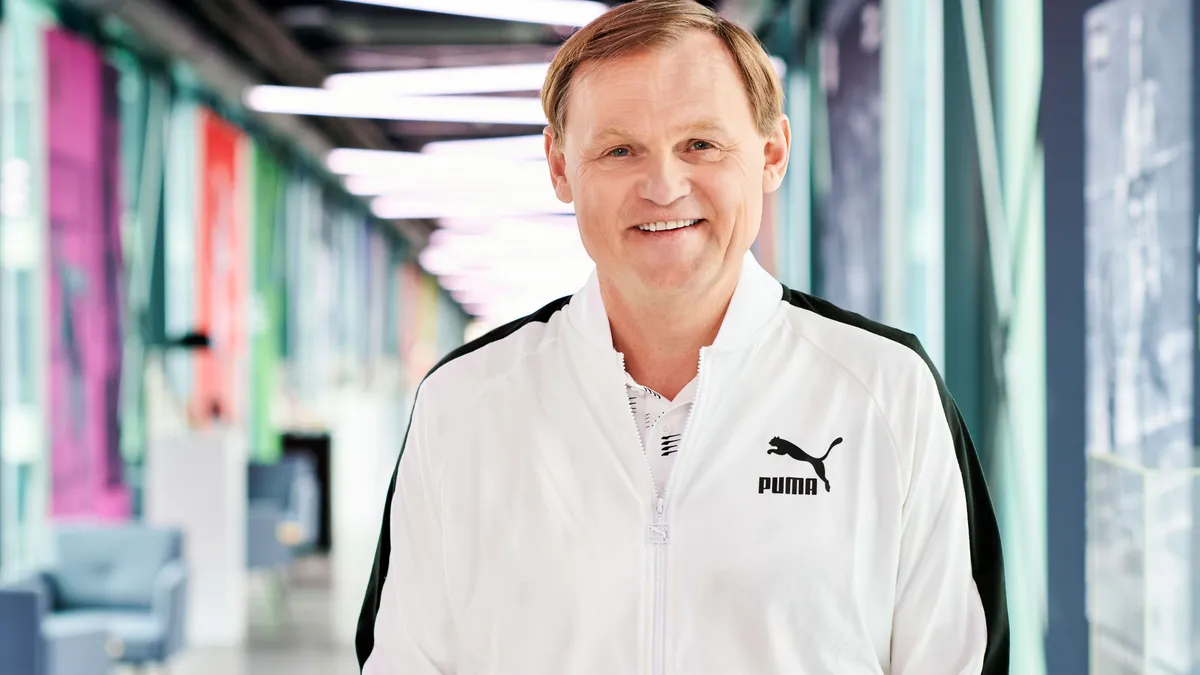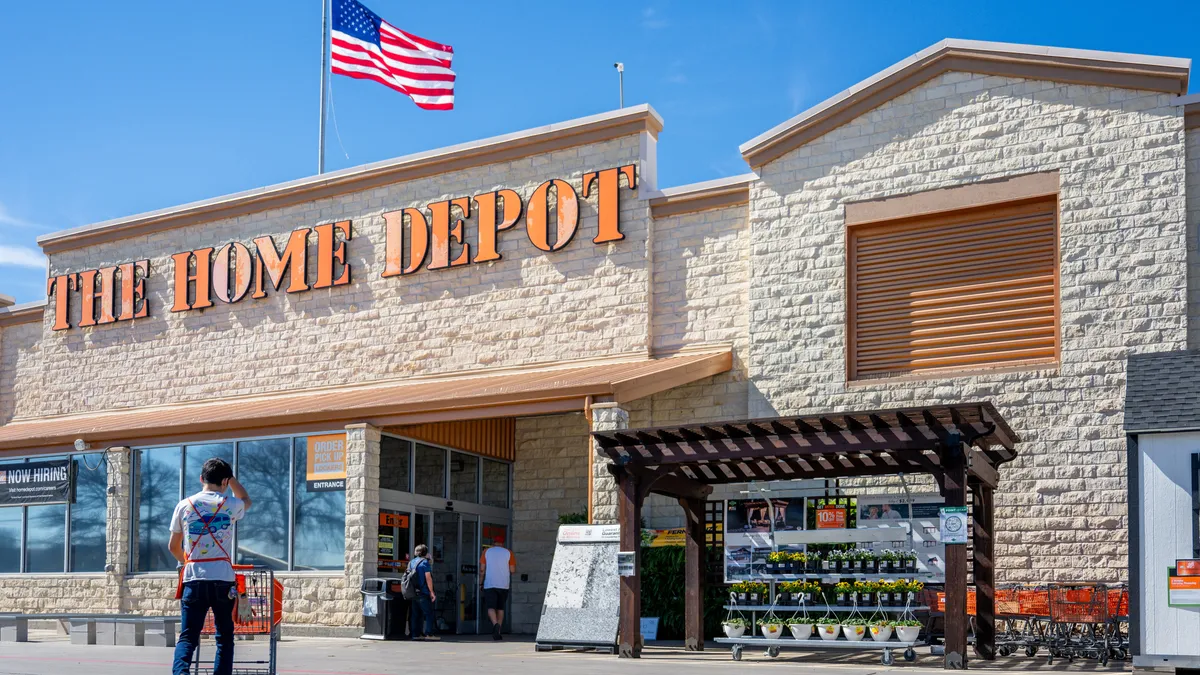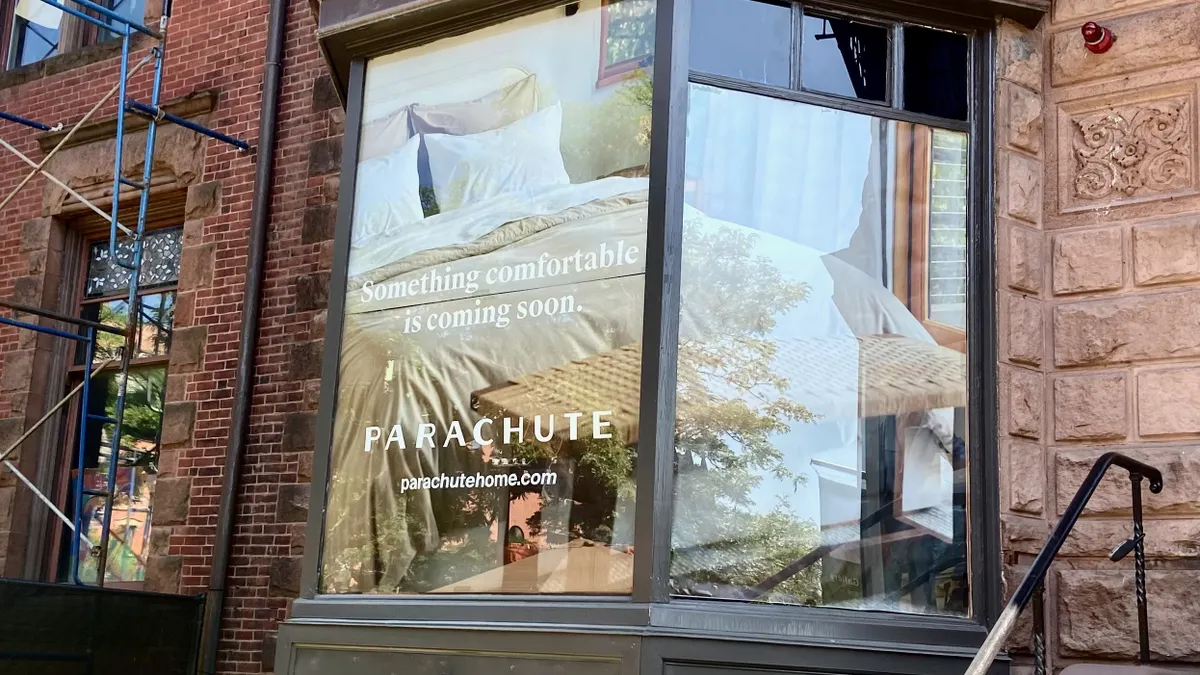2022 was a big year for CEO departures in retail. Bed Bath & Beyond, Gap, Glossier, Bonobos and more saw their top executives leave as the businesses changed or struggled to compete. That means there are also a lot of open positions in the industry.
E-commerce company Wish announced CEO Vijay Talwar was leaving in September and still has not named a permanent replacement. In early December, VF Corp. CEO Steve Rendle retired from his post, leaving that retailer on the hunt for a permanent replacement. The new year has not been any slower: Already, Stitch Fix’s CEO has stepped down amid job cuts and Rite Aid’s CEO has exited.
According to executive search company Heidrick & Struggles, there were 11 CEO departures at retail companies in the Fortune 1000 in 2022, the majority (eight) of which were in the Fortune 500. That was consistent with the past two years, where 10 and nine executives, respectively, left their companies and is lower than 2019’s total (14). 2023 could be an even bigger year, according to Catherine Lepard, a partner at Heidrick & Struggles and a managing partner of the company’s retail and direct-to-consumer practice.
“Looking ahead to 2023, we can expect to see continued and potentially accelerated executive turnover within the retail space. In particular, we’re anticipating that Q1 and Q2 will be the choppiest due to inflation and the slowing economy,” Lepard said in emailed comments. “Consumers are shifting their spending behaviors and trading down to private or value brands, focusing on essentials and veering away from big ticket items. It will continue to be challenging for retailers to beat the prior year’s sales performance.”
Top executives taking the reins in 2023 are entering a tough environment still defined by inflation and consumer behavior changes, with the threat of a recession looming over the industry. Fitch analysts earlier this year said 2023 could be yet another year where the strong get stronger and the weak get weaker. And while default rates might stay relatively low in retail, the bankruptcy of Party City has already set a dark tone for retailers on the brink.
Bed Bath & Beyond CEO Sue Gove, who became a permanent member of the team in October, and whoever replaces Heyward Donigan at Rite Aid, have their work cut out for them. Both retailers have been cited as a bankruptcy risk as they struggle to hang on financially. But retailers across the board are facing challenges.
A recent Challenger, Gray & Christmas report found that 100 CEOs across industries left their jobs in December, an increase from 95 in November. The yearly total for 2022 is lower than last year, but in retail, the number has stayed relatively steady. Where in 2021, 23 CEOs left their posts, that number was 21 last year.
Layoffs in retail have been rampant, both last year and into the new year, and new CEOs will have to navigate through existing company challenges and whatever macroeconomic conditions the industry could face in 2023.
Here are some of the retailers that have new leadership going into the new year, and what to watch for.
Adidas
Puma’s former CEO Bjørn Gulden just took the reins at competitor Adidas on Jan. 1. Adidas said over the summer that Kasper Rørsted would exit the top post at the company sometime in 2023, but the executive actually left Nov. 11, with the retailer’s chief financial officer leading in the short interim period.
Gulden’s first month at the company has already been somewhat eventful, with a fake press release circulating that said Adidas had named a co-CEO to ensure ethical manufacturing. That is far from the only challenge Gulden will face at the athletics retailer. The company is coming off of a recent break up with Kanye West, also known as Ye, and has said it will continue to sell Yeezy products without the brand name attached, which could be received poorly by customers.
Adidas also spent the end of 2022 slashing its guidance and has failed to keep up with the robust growth at Nike. The executive already has some experience at Adidas, having worked at the company in the ’90s, and analysts praised him for his success reinvigorating the (much smaller) Puma brand.
Just before the appointment was officially announced, Wedbush analysts said Gulden was “one of the best hires they could make” and praised his deep athletic experience. The analysts also noted Gulden could potentially return the retailer to a more exciting product lineup, having executed on a host of high-profile collaborations at Puma.
“While [Rørsted] has had some notable wins during his tenure (strong digital growth, the well-executed sale of Reebok), there’s also been a notable lack of product-related ‘wins’, particularly in light of the situation he inherited (when the business was driven by a well-rounded combination of classic styles like the Superstar/Stan Smith, innovative new models like Ultra Boost/NMD, and the emergence of the Yeezy collaborative sub-brand),” the analysts wrote.
Of course, Gulden’s takeover at Adidas means that there is also a new CEO to watch at Puma. Chief Commercial Officer Arne Freundt, a 10-year veteran at Puma, moved into the post in November as Gulden announced his exit.
Dollar General
Over the summer, Dollar General announced that longtime CEO Todd Vasos planned to retire. He did so in November, and the retailer’s next CEO, former Chief Operating Officer Jeff Owen, took over.
The transition should be relatively seamless at the retailer, given that Owen got his start at the discounter in 1992 and has been the company’s chief of operations since 2019. Vasos is also sticking around through April 1 to serve as an adviser, and will continue to be a member of the discounter’s board.
Still, Dollar General lost a CEO that had been at the helm since 2015 and oversaw massive expansion. Under Vasos, Dollar General’s sales increased by more than 80%, and its store count expanded by roughly 7,000. The retailer also began rolling out a higher-priced store format dubbed Popshelf under Vasos, which accelerated quickly after launch.
While dampened consumer spending is bad news for retail, the fact that consumers are looking for cheaper alternatives for their go-to products is good news for Dollar General and its discount competitors. Owen is taking on the top job at a time when the retailer is mostly thriving; his main challenge is to maintain the retailer’s success.
And keep an eye on rival Dollar Tree, which just named one of Dollar General’s former leaders as its new CEO.
Sephora
Beauty retailer Sephora’s new CEO, Guillaume Motte, took on the leadership position in January. The company announced his appointment in November, several months after Martin Brok reportedly exited the role due to “a divergence of views.”
Motte takes on the role with several years of experience at parent company LVMH. At the time of the announcement, he was deputy CEO of the LVMH Fashion Group, but Motte also has experience at Sephora as the former CEO and president of Sephora’s Europe and Middle East division. Motte’s predecessor Brok, by contrast, had a food and beverage background, as well as experience at Nike.
It’s an interesting time for Sephora as a company. The retailer is pursuing a new store strategy built around opening shop-in-shops in Kohl’s locations (this comes after a break from its more than a decade-long partnership with J.C. Penney). The two retailers began the strategy in 2021 and last year expanded the deal to include shop-in-shops in every Kohl’s store, which will eventually give Sephora around 1,100 shop-in-shops in the U.S.
For Sephora, it not only means reaching a new audience but it also means moving outside of the mall and into more direct competition with Ulta. Many Kohl’s stores are located in strip-style centers, which is where Ulta opens many of its own stores and also where Target locations can be found (many of which now have Ulta shop-in-shops in them). The two retailers are also increasingly competing for exclusive access to up-and-coming brands.
Under Armour
Under Armour is the only retailer on this list that looked outside of the core retail environment for its new leader. The athletics brand tapped 25-year Marriott veteran Stephanie Linnartz as its new CEO in December; she is set to start in February. The announcement means that interim CEO Colin Browne will return to his role as chief operating officer.
It also means a leader with a completely fresh perspective to bring to Under Armour’s business, which has lagged behind its rivals and was overtaken by Lululemon in annual revenue in 2021. While Linnartz doesn’t have core retail experience, working at the hotel giant means she has experience in strategy, finance, sales, marketing and technology. She has also served on The Home Depot’s board and secured partnerships with major sports organizations, including the NFL and the NCAA.
Under Armour has maintained a dedicated emphasis on performance wear over the years, even as the rest of the industry has shifted to cater to athleisure. However, in November — when Under Armour recorded 1.8% revenue growth — Browne highlighted a set of “refinements” to the retailer’s strategy, which included narrowing its target audience to 16- to 20-year-old team sports players and expanding its apparel offering to better match the lifestyle positioning of some of its competitors. With the changes, Under Armour is hoping to “outfit occasions beyond the fields, courts and gyms,” Browne said at the time.
This strategy shift will now be under Linnartz’s direction, as will lingering inventory and inflation challenges plaguing the industry.
Foot Locker
Former Ulta Beauty chief Mary Dillon started at Foot Locker in September, a move that was hailed by industry observers thanks to her successful tenure at the beauty retailer. The CEO change comes at a pivotal time for Foot Locker, which is focusing on diversifying its product mix due in part to Nike’s pivot away from wholesale.
In the short time she’s been at the company, Dillon has already made significant changes to the company’s executive team, including hiring a former Ulta exec as Foot Locker’s new chief operating officer, creating a chief commercial officer position and beginning the search for a new chief financial officer. In November, Dillon also announced that Foot Locker would no longer expand into Japan and was shutting down two of its European joint ventures.
She is aiming to “simplify” Foot Locker’s business and has already identified key priorities, which include building out Foot Locker’s omnichannel capabilities, improving the FLX loyalty program, upgrading its technology and optimizing costs. Also left to Dillon will be the continuation of Foot Locker’s diversification efforts, and its relationship with Nike, which many analysts have expressed deep interest in since Foot Locker said it expected to receive less Nike product going forward.
Dillon has already met with Nike’s team and stressed in her first earnings call that the relationship remains “very important” but that “choice is something that consumers want.”






















